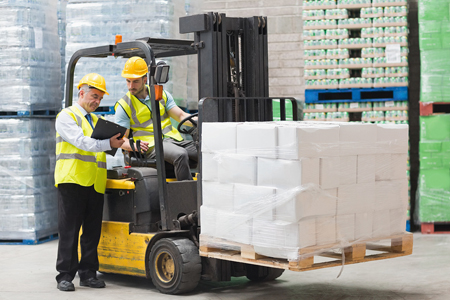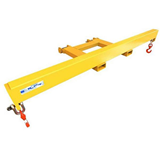Sure, that sounds like fun! And it is. It's also highly dangerous if the right practices and procedures aren't in place. So here are some helpful tips to keep your forklift drivers operating safely.
No license, no lift
That's the first and most critical thing. Your drivers have to be qualified, licensed forklift operators with all appropriate training before they lift anything, no exceptions. Accidents happen when someone makes a spare of the moment decision to move 'just one pallet' because none of the drivers are around and 'the forklift was just sitting there.' Ensure that all your staff know the rules and stick to them even if it compromises their day.
No safety gear, no drive
And that means hard hat, hi-viz jacket, safety shoes and, ideally, gloves, with nothing loose that could snag on passing racks. It also means safety procedures. Make sure your drivers do regular routine checks – tyres, brakes, steering, warning devices and lift mast. Make sure they use the forklift steps and hand grabs when getting on and off. Forklifts aren’t horses and your drivers will sustain embarrassing injuries if they carry on like cowboys.
The rules of the road
Your warehouse or factory is basically a system of roads connecting stock and machinery. And much like roads, people and forklifts career about in a fairly random and potentially dangerous pattern. The key is to create rules much like any other road. Your drivers must only drive in designated alleyways and ideally within lane markings in open areas so foot traffic knows where to be especially careful. Strict speed limits (for both straight lines and corners), floor loadings and clearance heights must also be imposed. Use horns in blind entries and exits.
The lay of the load
It's easy for experienced drivers to get casual or show off. Avoid any load larrikins with strict loading procedures that must be adhered to whatever the miles your driver can lay claim to. Ensure they check that every load is stable, secure and tilted back low to the ground before they move an inch. Equally, ensure they check for any overhead objects before lifting and stacking loads.















